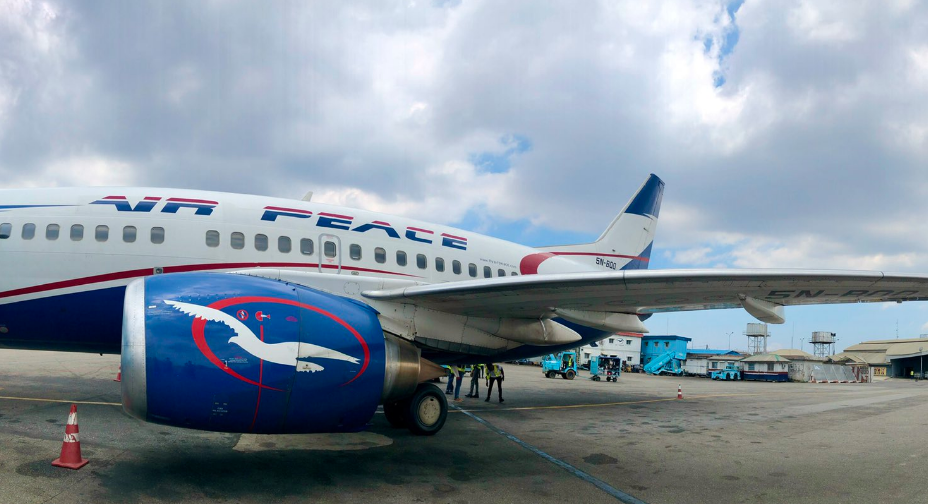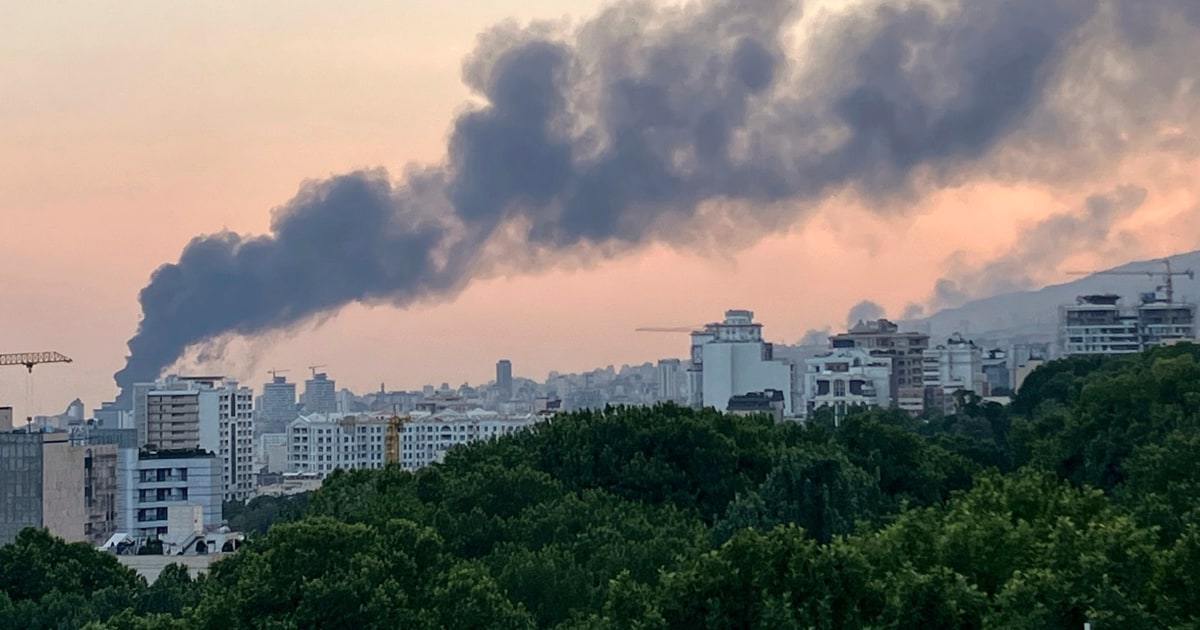US military is pulled back into Middle East wars - The Economic Times
President Donald Trump announced on social media that three Iranian sites were hit, including the mountain facility at Fordo. The bombs used in the strikes are believed to include "bunker busters," which are designed to destroy deep underground bunkers or well-buried weapons in highly protected facilities.
US forces bomb Iranian nuclear sites; 'Fordow is gone' says Trump
A U.S. official who spoke on the condition of anonymity to discuss confidential intelligence said that multiple 30,000-pound bunker-buster bombs were dropped on Fordo and that initial damage assessments indicated that the facility had been "taken off the table."

The strikes, whether successful or not, are likely to trigger a fierce response. Tehran has vowed to strike at American bases in the Middle East, and U.S. intelligence agencies confirmed before the strikes took place that Iran would take steps to widen the war and hit U.S. forces in the region.
U.S. officials, speaking on the condition of anonymity to discuss intelligence, said the strikes against the three nuclear sites were complete. The official said no follow-up attacks were expected, although commanders were ready to respond to any Iranian retaliation.
A U.S. official said that six B-2 bombers dropped 12 bunker-buster bombs on Fordo, and Navy submarines fired 30 cruise missiles at Natanz and Isfahan. One B-2 also dropped two bunker-buster bombs on Natanz, the official said. The strikes are the culmination of years of planning by U.S. Central Command, which is responsible for operations in the region. But few thought those plans would be carried out so suddenly. They came more than a week after Israel launched attacks on Iran.
Why the US used B-2 stealth bombers, costing $2.1 billion each to strike Iran’s nuclear sites
Iran responded with missile barrages of its own, as well as offers to resume negotiations over its nuclear development program.
Iran built the centrifuge facility at Fordo to prevent it from being attacked. In 1981, using F-15 and F-16 fighter jets, Israel bombed a nuclear facility near Baghdad as part of its effort to stop Iraq from acquiring nuclear weapons -- a strike that basically stopped Iraq's weapons program. That facility was above ground.
In its strikes on Iran, Israel has hit aboveground nuclear sites, but not Fordo. Only the United States has the GBU-57 Massive Ordnance Penetrator -- the formal name for the bomb needed to reach the site. Previous U.S. administrations have refused to give the bomb to Israel. Israel's air force also does not have the warplanes needed to carry it.
The bombs have thick steel cases and contain a smaller amount of explosives than similarly sized general-purpose bombs. The heavy casings allow the munition to stay intact as it punches through soil, rock or concrete before detonating.
Iran has many ways to retaliate, including naval assets and other capabilities it would need to shut down the Strait of Hormuz, a move that could pin any U.S. Navy ships in the Persian Gulf, U.S. military officials say. Iranian officials have threatened to mine the strait if the United States joined Israel's attack on the country.
The narrow 90-mile waterway connecting the Persian Gulf to the open ocean is a key shipping route. A quarter of the world's oil and 20% of the world's liquefied natural gas passes through it. Mining the choke point would cause gas prices to soar.
This past week, American minesweepers and other Navy vessels began dispersing to avoid attack.
In his first term, Trump authorized a drone strike that killed a powerful Iranian general in Baghdad. Iran retaliated with a barrage of missiles fired at U.S. troops in Iraq, leaving some 110 troops with traumatic brain injuries and unintentionally hitting a Ukrainian passenger jet, killing all 176 people aboard.
Iran would not need much preparation to attack U.S. air and naval bases in the region. The Iranian military has missile bases within easy striking range of Bahrain, Qatar and the United Arab Emirates.
Indeed, U.S. officials said this past week that Iran had prepared missiles and other military equipment for strikes on U.S. bases in the region.
Anticipating such an attack, U.S. forces in recent days have been fortifying air defenses. On Saturday, U.S. officials said that additional U.S. Air Force F-22, F-16 and F-35 fighter jets had transited bases in Europe and were positioned in the Middle East, with more coming.
The United States has already sent about three dozen refueling aircraft to Europe that could be used to assist those fighters in protecting U.S. bases.
In addition, the aircraft carrier USS Carl Vinson, with 60 aircraft aboard, including F-35 fighter jets, is currently steaming in the Arabian Sea. A second carrier, the USS Nimitz, canceled a port call in Vietnam this past week to rush to the region, and is expected to arrive in the next few days, U.S. officials said.
This article originally appeared in The New York Times.
Read More News on
Stories you might be interested in










